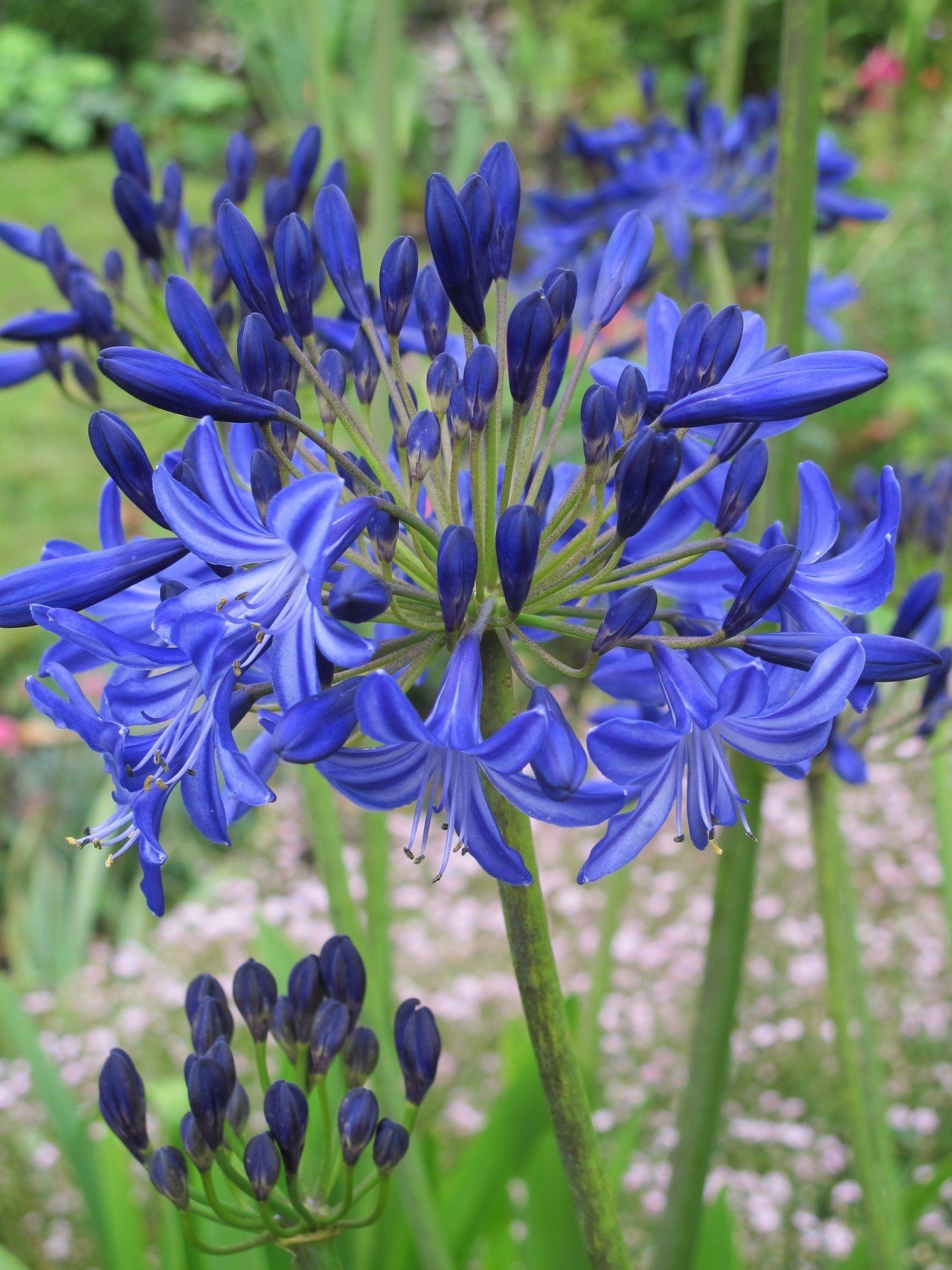Just how to Plant and Maintain Agapanthus in Your Yard
Just how to Plant and Maintain Agapanthus in Your Yard
Blog Article
Mastering the Art of Agapanthus Treatment: Vital Steps for Healthy And Balanced Development and Lively Blooms
In the world of gardening, the growing of agapanthus stands as a gratifying venture for those that seek to support these stylish blooming plants. From selecting the right variety to mastering pruning methods, the trip in the direction of cultivating flourishing agapanthus plants is multifaceted and holds the essential to unlocking the full capacity of these botanical gems.

Selecting the Right Agapanthus Selection

When picking the ideal Agapanthus range for your yard, take into consideration factors such as environment suitability, blossom shade, and development behavior. Additionally, consider the environment in your region to make certain the Agapanthus variety you select can prosper in your certain problems. Understanding the growth habit of different Agapanthus varieties is vital for proper placement within your yard.
Suitable Growing Conditions
Thinking about the ideal ecological requirements is essential for successful Agapanthus farming. Agapanthus flourishes in well-draining dirt with a slightly acidic to neutral pH level. When planting, choose a location that gets complete sunlight to partial color. In hotter climates, giving some afternoon color can avoid scorching of the fallen leaves. Agapanthus plants are delicate to cool temperatures and should be protected from frost during wintertime months.
To make certain healthy and balanced growth and vivid flowers, plant Agapanthus bulbs at a depth of concerning 2-4 inches and area them 8-12 inches apart. Mulching around the base of the plants aids preserve moisture and subdues weed development.
Watering and Fertilizing Tips
Preserving appropriate wetness degrees and offering crucial nutrients are vital components in the care regimen for Agapanthus plants. It is critical to strike a balance when it comes to sprinkling Agapanthus. If overwatered, these plants like continually wet soil but are at risk to root rot. During the expanding season, water deeply once a week, making certain the dirt is well-draining to avoid waterlogging. In hotter environments or during durations of dry spell, even more regular watering may be necessary to keep the soil equally damp. Nevertheless, reduce watering in the winter to avoid waterlogged problems.
Fertilizing Agapanthus is vital for advertising healthy growth and respected blooms. Use a well balanced fertilizer, such as a 10-10-10 formula, in the very early spring as new development emerges. By complying with these watering and discover this info here fertilizing pointers, you can guarantee your Agapanthus plants thrive and produce lively, lasting blossoms.
Trimming Techniques for Agapanthus
Trimming Agapanthus plants at the ideal times and with proper strategies is vital for maintaining their wellness and advertising optimum growth and blooming. The suitable time to prune Agapanthus is in late winter season or very early springtime prior to new growth emerges. Begin by removing any yellowing or dead fallen leaves near the base of the plant. Cut them as short as feasible without harming the arising shoots.
For flowered stems, wait up until the blooms have actually withered and then trim them back to the base. This not only cleans the plant's look however likewise urges the growth of brand-new blossom buds. Deadheading spent flowers can also redirect the plant's power right into producing more flowers instead of setting seeds. Nevertheless, if you intend to collect seeds for proliferation, leave some flowers to mature and dry on the plant.
Keep in mind to utilize tidy, sharp tools to make accurate cuts and minimize the threat of introducing illness. Agapanthus. Regular trimming will certainly aid maintain your Agapanthus looking neat and healthy and balanced while making sure an abundant display screen of attractive flowers
Handling Common Parasites and Illness
After guaranteeing appropriate trimming methods for Agapanthus, it is important to deal with common bugs and conditions that can impact the wellness and vitality more information of these plants. One common insect that impacts Agapanthus is the Agapanthus gall midget.
Another common issue is fungal fallen leave spot, which provides as dark sores on the fallen leaves. To stop fungal conditions, ensure good air blood circulation around the plants, prevent above watering, and remove any kind of contaminated leaves quickly. Additionally, Agapanthus plants can struggle with root rot if they are planted in badly draining pipes soil. To prevent this, plant Agapanthus in well-draining dirt that site and avoid overwatering. By being cautious and taking prompt action against illness and parasites, you can help your Agapanthus plants prosper and produce vibrant blooms.

Final Thought
In final thought, mastering the art of agapanthus care entails choosing the appropriate variety, providing suitable planting conditions, proper watering and feeding, suitable trimming methods, and attending to typical pests and diseases. By following these essential steps, you can make sure healthy development and vivid blooms for your agapanthus plants. Keep in mind to routinely monitor and keep your plants to promote their overall wellness and durability.
To ensure healthy growth and dynamic blooms, plant Agapanthus light bulbs at a depth of regarding 2-4 inches and area them 8-12 inches apart. By complying with these watering and fertilizing ideas, you can guarantee your Agapanthus plants grow and produce vibrant, lasting blossoms.
One common insect that affects Agapanthus is the Agapanthus gall midget. Furthermore, Agapanthus plants can suffer from origin rot if they are planted in poorly draining pipes dirt. By complying with these essential steps, you can make certain healthy and balanced development and vibrant blossoms for your agapanthus plants.
Report this page